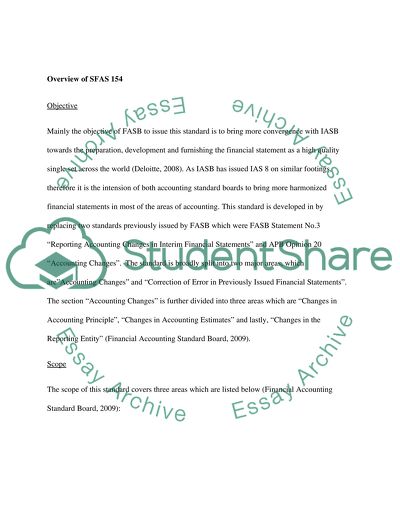Cite this document
(“SFAS 154 - Accounting Changes and Error Corrections Assignment”, n.d.)
SFAS 154 - Accounting Changes and Error Corrections Assignment. Retrieved from https://studentshare.org/finance-accounting/1447795-interim-financial-reporting-sfas
SFAS 154 - Accounting Changes and Error Corrections Assignment. Retrieved from https://studentshare.org/finance-accounting/1447795-interim-financial-reporting-sfas
(SFAS 154 - Accounting Changes and Error Corrections Assignment)
SFAS 154 - Accounting Changes and Error Corrections Assignment. https://studentshare.org/finance-accounting/1447795-interim-financial-reporting-sfas.
SFAS 154 - Accounting Changes and Error Corrections Assignment. https://studentshare.org/finance-accounting/1447795-interim-financial-reporting-sfas.
“SFAS 154 - Accounting Changes and Error Corrections Assignment”, n.d. https://studentshare.org/finance-accounting/1447795-interim-financial-reporting-sfas.


